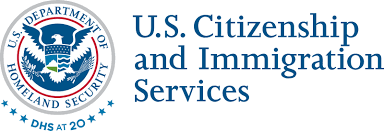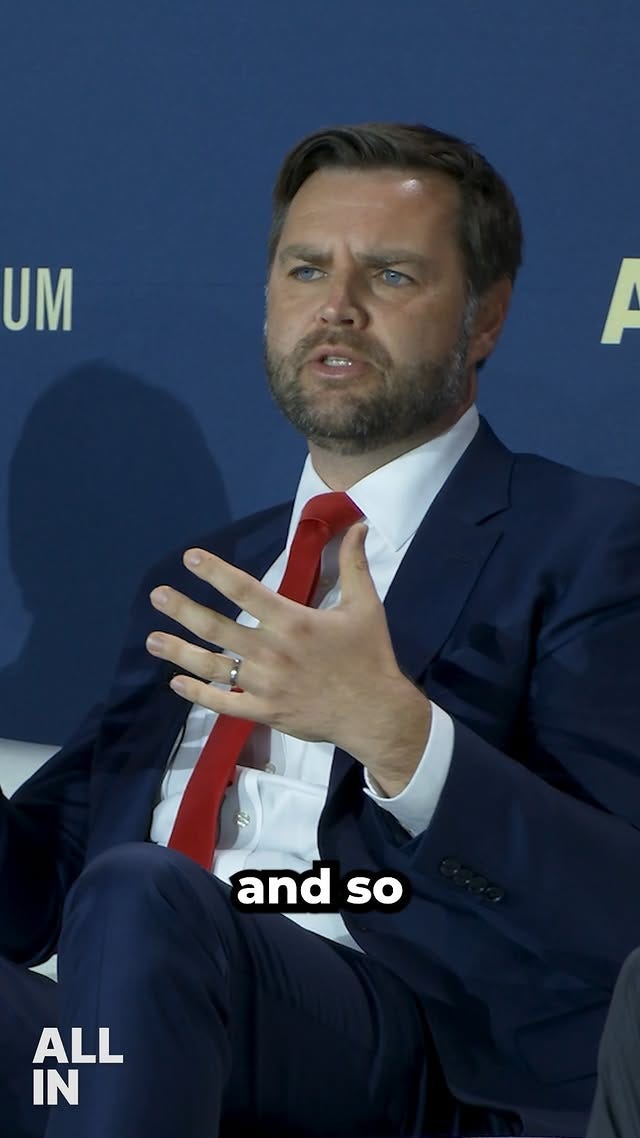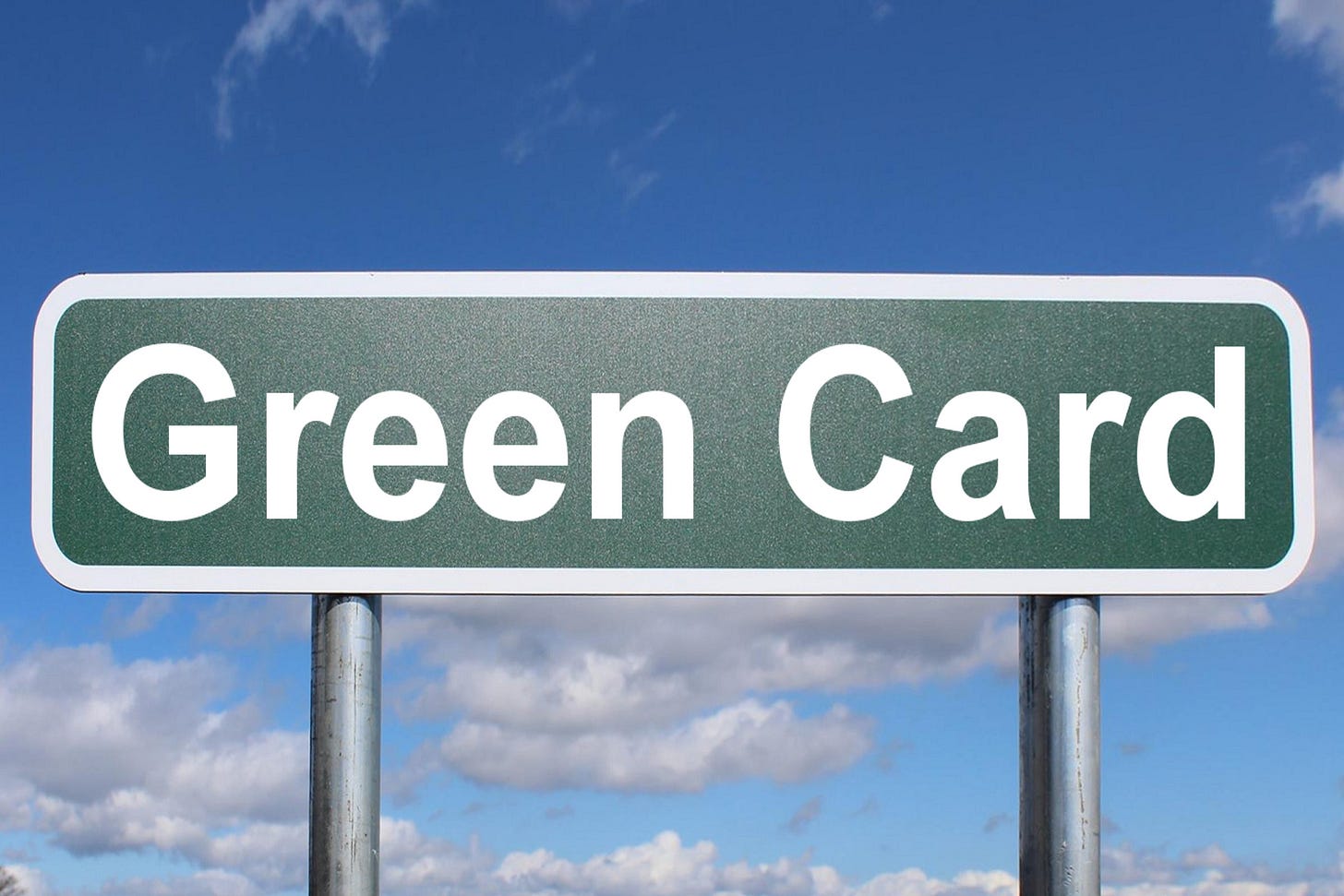Why Thousands of Indians in the U.S. Face Loss of Jobs and Work Visas
As U.S. companies lay off employees, some Republicans seek end to H-1B, practical training, and other temporarty work visas for foreigners
(Image: Courtesy Wikimedia Commons.)
July 27, 2025
Starting in September, more than 250,000 students from India are expected to enroll at universities in the United States, mainly for advanced degrees. The parents of most of them are currently finalizing loans to pay for the fees, boarding, and other expenses. To fund a two year MS degree, many will need to borrow around $200,000, at annual interest rates of over 8%, by putting up their apartments and homes as collateral to the lending banks. Some parents sell their jewelry and property as well as borrow from relatives and friends to fund their children’s education.
But Indian families should avoid taking on major loans since a student, even with an advanced U.S. engineering or science degree, has a very low probability of finding a job in the U.S. upon graduation.
So far in 2025, technology companies in the United States have laid off more than 80,000 employees, according to Layoffs.fyi. Major job cuts this year include 9,000 at Microsoft this month, and 6,300 earlier this year, according to CNBC. Intel plans to lay-off 25,000, more than 15% of its workforce. Also, HPE laid off 2,500 and HP 2,000, according to TechCrunch.
Last week, Microsoft Chief Executive Satya Nadella stated the recent job eliminations have “been weighing heavily on me.” In a note to employees, which is posted as a company blog, he added that he wanted to “acknowledge the uncertainty and seeming incongruence of the times we’re in. By every objective measure, Microsoft is thriving—our market performance, strategic positioning, and growth all point up and to the right…And yet, at the same time, we’ve undergone layoffs.”
"I don't want companies to fire 9,000 American workers and then to go and say, ‘We can't find workers here in America.’ That’s a bulls--- story," U.S. Vice President JD Vance said last week, at Winning the AI Race, an AI Summit in Washington DC. The Vice President questioned why some U.S. technology firms claim they need "overseas visa programs to find workers," when "the college-educated employment rate for STEM (science, technology, engineering, and math) graduates in this country seems to be declining."
(Video: Part of Vice President JD Vance’s speech at AI Summit, Instagram.)
Companies in the U.S. appear to manage the size of their engineering and other technical workforce largely by combining the supply of foreign, mainly Indian, graduates of U.S. universities and the hiring flexibility provided by H-1B visas, temporary work visas for foreigners with special skills.
The swing skilled labor capacity provided by foreigners is evident from hiring and lay off data. In 2022, for instance, the top 30 H-1B employers hired more than 34,000 new H-1B workers, according to a report by the Economic Policy Institute. In 2022, and the first quarter of 2023, the top 30 H-1B employers also laid off at least 85,000 employees on H-1B visas.
Each year, since 2010, a majority of H-1B visas were issued to workers born in India, according to a study by the Pew Research Center. In fiscal 2023, Indians accounted for roughly three-quarters of workers approved for the temporary work visas. Those born in China accounted for 12%, while no other birthplace accounted for even 2%.
So it is not surprising that many of those being laid off by technology companies are Indians on H-1B and other temporary skilled work visas. In 2021, they accounted for an estimated one in three tech layoffs in the U.S.
In 2022 and 2023, an estimated 150,000 Indians on temporary work visas in the U.S. - many of them waiting in line for permanent residency or green cards - were laid off. But the total number of temporary Indian workers in the U.S. who effectively lost their jobs was much higher.
Foreigners can work in the U.S. on a H-1B visas for a maximum of six years. They can extend their visas only if an employer sponsors them for a green card. Also, Indians work on two-or-three-year practical training (OPT) visas, following graduation from U.S. universities. In fiscal 2023, there were 69,000 Indians on OPT visas. They hope to continue to find work on H-1B visas, after their OPT visas expire.
Each year, there are several thousand Indians on OPT visas who are not hired on H-1B visas as well as thousands more on H-1B visas who are not sponsored for a green card. Such job cuts are typically not disclosed by employers on technical grounds that an employee’s work visa had expired.
Indian information technology (IT) companies play a major role in managing the supply of Indians on temporary U.S. work visas. In fiscal 2025, for instance, three of the top ten companies securing H-1B visas were Indian IT companies: Infosys with 8,140 visas; Tata Consultancy 5,274; and HCL America 2,953. Cognizant, another IT company, got 6,321 H-1B visas. While its head office is in New Jersey, U.S., three quarters of Cognizant’s 341,000 employees are based in India. These four companies together accounted for more than a quarter of the H-1B visas issued to new applicants last year.
The layoffs by companies in the U.S. is leading some Americans to criticize the hiring of foreigners on H-1B visas. In May, Walmart laid off 1,500 employees in its global technology operations and parts of its e-commerce and advertising operations. Some critics, posting anonymously on Reddit, blamed it on Suresh Kumar, the Indian born Chief Technology Officer of the retailer. “Are you calling Indians ‘technology’?” one person commented, reacting to a post stating the jobs were being made obsolete by technology.
(Image: Courtesy Wikimedia Commons.)
Each year, the U.S. Citizenship and Immigration Services can issue, for new applicants of initial employment, a maximum 65,000 regular H-1B visas and 20,000 H-1B visas for those with advanced U.S. degrees. In addition, each year there are renewals of H-1B visas. In fiscal year 2024, roughly 65% of the roughly 400,000 H-1B approvals were for renewals. Total approvals peaked in 2022, at roughly 442,000.
In fiscal 2018, a quarter of new H-1B applications for initial employment and 12% of renewal applications were denied under the first Trump administration, according to a study by the Pew Research Center. In 2022, under former President Joe Biden, the denial rate dropped to under 3%.
It is likely that denial of H-1B visas will rise sharply for fiscal 2026 and onwards, under the current Trump administration. Critics of the skilled work visa policies point out that the number of H-1B visas currently issued is more than twice the number in fiscal 2000. The visa program should favor companies that plan to pay foreign workers higher wages than American workers, Joseph Edlow, the director of the USCIS told The New York Times.
Several Republicans say the program brings in workers who are willing to accept lower salaries. They want a sharp reduction, even elimination, of H-1B, OPT, and other temporary work visas for skilled foreigners, along with the efforts to stop illegal immigrants and deport them. Perhaps, to appease Trump administration officials, and block attempts to end the skilled visa programs, companies in the U.S. may be laying off more foreigners employed on H-1B visas than American citizens.
Also, scrutiny by Trump administration officials is apparently impacting hiring of foreigners by technology companies in the U.S. This is seen in a way from data for H-1B petitions for new applicants for fiscal year 2026, which starts October 1. The number of employers petitioning rose to about 57,600, up from 52,700 last year. But, for fiscal 2026, they petitioned to hire about 339,000 foreigners, down roughly 25% from 442,000 in fiscal 2025, according to data from the Pew Research Center.
Even if there are no H-1B visa cuts in Trump’s second term, the chances of a student from India finding work on the visa will continue to remain very low: currently one in 15, as pointed out in a Global Indian Times story. This low prospect is for a STEM graduate with a U.S. Master’s or PhD degree. The U.S. job prospects are far lower for Indians earning an U.S. undergraduate, advanced social science, and MBA degrees.
Furthermore, after years on temporary work visas, an Indian professional currently applying for permanent residency faces a decades long wait - in theory perhaps a hundred years.
Last week, at the AI Summit, President Donald Trump said, “Many of our largest tech companies have reaped the blessings of American freedom while building their factories in China, hiring workers in India...Under President Trump, those days are over. We need US technology companies to be all in for America. We want you to put America first. You have to do that. That's all we ask. That's all we ask.”




